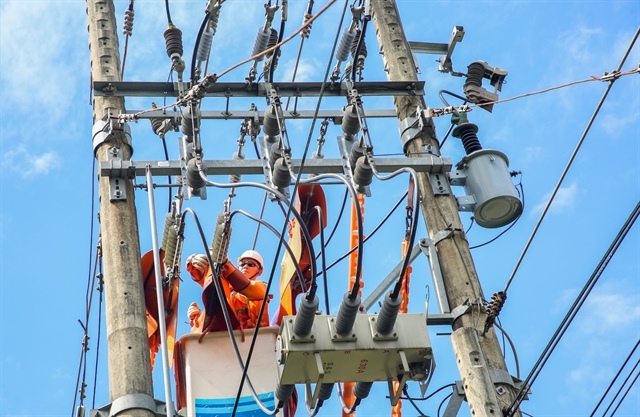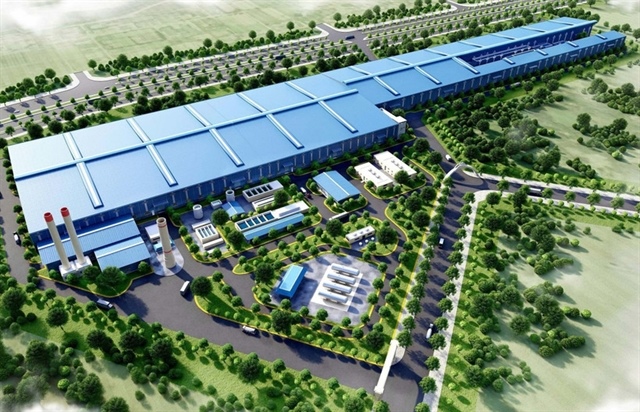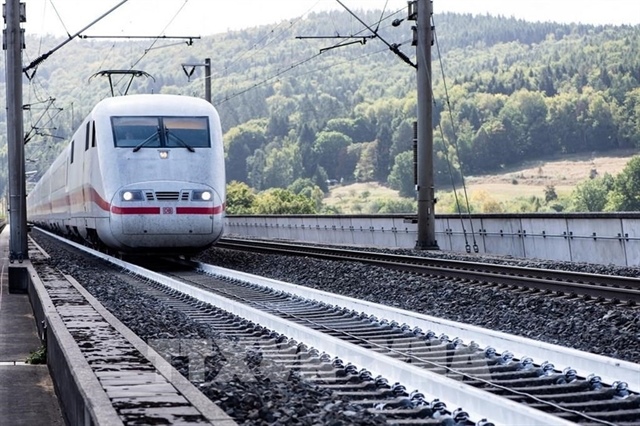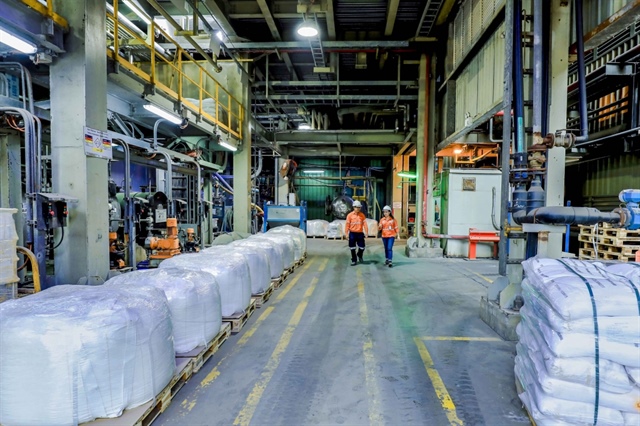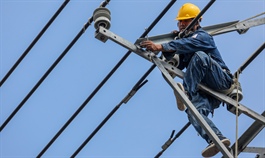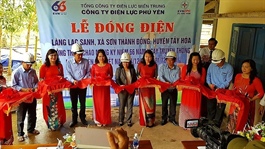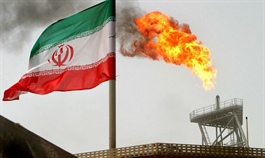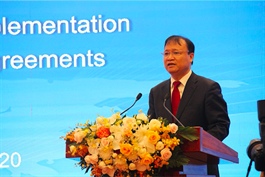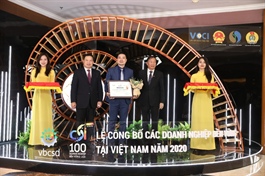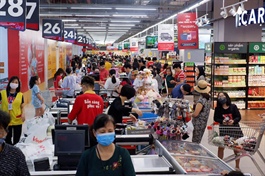Hi-tech agriculture enterprises need easier access to credit
Hi-tech agriculture enterprises need easier access to credit
Hi-tech agriculture enterprises need to be provided with easier access to credit. Such access would help them have resources to apply the latest technology and promote the development of agriculture in the era of Industry 4.0. 
Ha Van Thang, Chairman of the Council of Vietnamese Agricultural Enterprises, said at a forum held by the Viet Nam Chamber of Commerce and Industry (VCCI) on Thursday that applying technology in agricultural production was vital but enterprises faced a number of barriers.
Thang cited findings by the Institute of Policy and Strategy for Agriculture and Rural Development that 70 per cent of enterprises faced difficulties in accessing credit, adding that existing credit support policies for hi-tech agriculture remained vague with complicated procedures.
Investing in hi-tech agricultural production required huge capital, he said.
Another barrier was the shortage of trained workers, Thang pointed out. Although 40 per cent of the country’s labour force participated in agricultural production, only 7.93 per cent had received technical training. It was estimated that Viet Nam was facing a shortage of 3.2 million trained workers for hi-tech agriculture.
Agricultural production in Viet Nam remained scattered, partly because of problems in land policies, Thang said, adding that around 63 per cent of enterprises faced difficulties in dealing with land lease and land transfer procedures.
Enterprises also faced difficulties in developing markets for farming products, he said.
“Enterprises need a legal framework which encourages innovation,” Thang stressed.
It was essential to develop policies which make access to banking credit easier for enterprises. In addition, land policies must be improved to encourage large-scale production together with trade promotion and market analysis to be enhanced as well as building brands for farming products.
According to Ha Thu Giang, Deputy Director of the Credit Department under the State Bank of Viet Nam, said that agricultural production faced significant risks from natural disasters and diseases. However, the application of measures to prevent and limit risks in agricultural production remained modest.
The participation in free trade agreements also set out high requirements, forcing enterprises to improve production capacity, ensure food hygiene and safety and product quality, Giang said, adding that the world market developments also affected domestic agricultural production.
In that context, many enterprises had not yet adapted to the integration trend and not built up an effective production plan, meaning that credit institutions did not have grounds to consider providing lending, she said.
Giang urged enterprises to improve their financial capacity and corporate governance capacity to produce hi-quality products on the basis of taking advantage of Vietnamese agricultural products.
Giang said that the central bank would continue a flexible monetary policy, stabilise interest rates and exchange rates in order to support hi-tech agriculture enterprises and farmers, especially those involved in agricultural value chains, to reduce borrowing costs.
The effort of supporting hi-tech agriculture enterprises also needed the coordination of other ministries and agencies, including simplifying administrative reform, increasing quality of farm produce, processing and distribution planning and creating favourable conditions for enterprises and farmers to access the latest science and technology advancements.
Dao The Anh, Deputy Director of the Viet Nam Academy of Agricultural Sciences, said that Viet Nam was in the top 15 exporters of agricultural products in the world and second in Southeast Asia.
He cited statistics of the World Bank that Viet Nam invested around 0.2 per cent of GDP of agriculture in research and development, compared to 1.8 per cent in Brazil and 0.5 per cent in China. The ratio for Viet Nam should be at 0.86 per cent, meaning that the investment should be four times higher.
He said that it was necessary to raise policies to encourage investment in R&D in agriculture and promote technology application and transfer in agriculture.
According to Nguyen Xuan Dinh, Deputy Chairman of the Viet Nam Farmers’ Association, Viet Nam had potential for the development of an ecosystem for hi-tech agriculture which included many parties from households to cooperatives, enterprises and groups.
Technology must be applied for the entire agricultural value chain, Dinh said.
The problem is not producing in large or small scales but appropriate with local conditions, he stressed.
Vu Tien Loc, VCCI’s Chairman, said that the agricultural and rural sector accounted for 63 per cent of the country’s population, 66 per cent of households, 68 per cent of the labour force and 13.96 per cent of GDP.


